Prunes, the dried version of plums, are beloved for their rich flavor, chewy texture, and immense health benefits. Packed with dietary fiber, antioxidants, potassium, and essential vitamins, prunes are consumed worldwide as a superfood for digestive wellness and overall vitality. However, not all countries produce prunes in abundance. Some heavily rely on international imports to meet consumer demands. But which country imports the most prunes in the world?
Introduction to the Global Prune Market
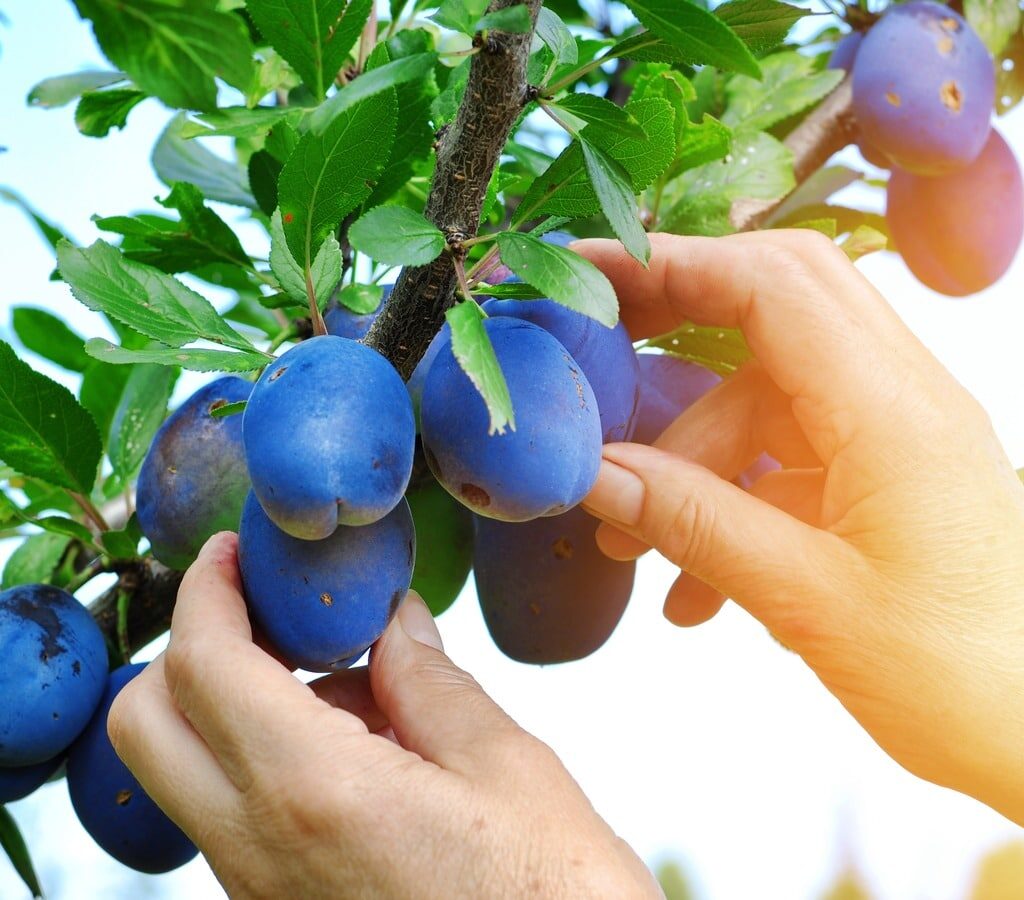
The global prune market has been growing steadily, driven by rising awareness of healthy eating habits, an aging global population, and the popularity of natural dietary supplements. While the United States and Chile dominate prune production, many other nations depend on these exporters to supply their local markets.
Prunes are commonly used in cereals, energy bars, baked goods, smoothies, and traditional dishes across Europe, Asia, and the Middle East. As a result, global prune trade plays a crucial role in the accessibility of this nutrient-rich dried fruit.
Which Country Is the Largest Prune Importer in the World?
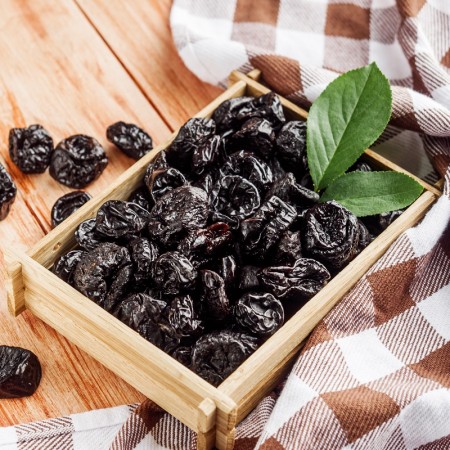
Germany: The Leading Prune Importer
According to the latest data from international trade organizations and FAO statistics, Germany is currently the largest prune importer in the world. The country’s robust demand stems from its health-conscious population, aging demographic, and vibrant food processing industry.
Germany imports thousands of metric tons of prunes annually—sourced primarily from the United States, Chile, France, and Argentina. Prunes are a popular household staple in Germany, often consumed as snacks or added to breakfast cereals, yogurt, desserts, and savory meals.
Why Germany Leads in Prune Imports
Several factors explain Germany’s top position in the prune import charts:
- High Per Capita Consumption
Germans consume prunes regularly, especially among older adults seeking natural remedies for digestive health. Prunes are also used in traditional German dishes, such as compotes and stuffed meats. - Strong Demand from Food Industry
Germany’s food processing sector uses prunes in the production of baked goods, muesli, and functional health products. These industries require large, consistent imports to meet commercial-scale production needs. - Limited Domestic Production
While Germany grows some plums, the climate is not conducive to large-scale prune production. Therefore, imports fill the gap between local demand and supply. - Health Trends and Aging Population
With one of the oldest populations in Europe, German consumers are increasingly focused on maintaining digestive health and preventing chronic illnesses. Prunes fit perfectly into this wellness-oriented diet.
Other Major Prune Importing Countries
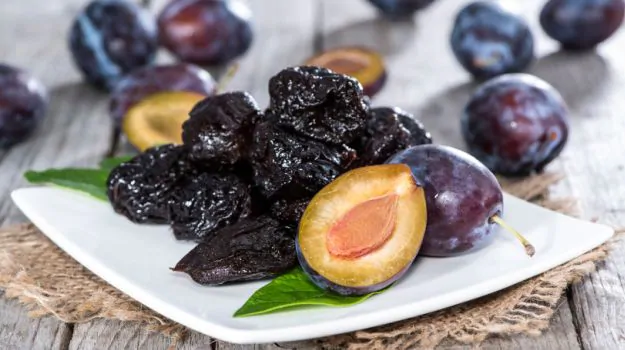
While Germany holds the top spot, several other countries also import significant quantities of prunes. Let’s take a look at the runners-up:
1. Japan
Japan is one of the top Asian importers of prunes. Health-conscious Japanese consumers appreciate prunes for their digestive and anti-aging benefits. Prunes are marketed as a beauty food and are commonly consumed by women for improved skin health.
2. United Kingdom
The UK imports large volumes of prunes, mainly for the health food market and snack sector. Prunes are widely available in British supermarkets and often promoted as part of high-fiber diets.
3. Italy
Italy, known for its Mediterranean diet, includes dried fruits like prunes in desserts, pastries, and meat dishes. Italian consumers value prunes for their natural sweetness and health properties.
4. China
While China has vast domestic fruit production, it still imports a considerable amount of prunes, especially for urban markets. Prunes are used in traditional Chinese medicine and modern snack formulations.
5. South Korea
Prunes are popular in South Korea as health supplements and baby foods. The country imports quality prunes from the U.S. and Chile to meet growing demand in wellness and diet-focused products.
Top Exporters Supplying Global Markets
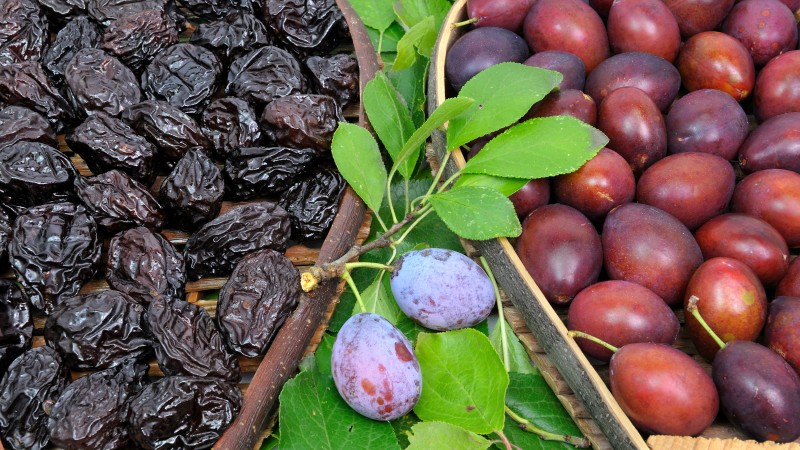
The global prune market is highly export-oriented, with a few countries leading the supply chain:
- United States (California): The largest prune producer and exporter, known for its high-quality dried plums grown in California’s Central Valley.
- Chile: A major Southern Hemisphere producer that supplies prunes during the off-season for Northern countries.
- France: Known for the iconic “Pruneaux d’Agen,” a gourmet prune product exported worldwide.
- Argentina and Serbia: Growing players in the prune export market.
These countries maintain strict quality standards and efficient drying technologies, ensuring long shelf life and rich flavor profiles for international markets.
Global Prune Trade Trends
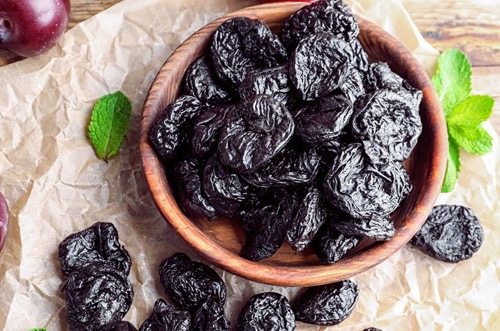
The international prune trade continues to evolve due to shifting dietary habits, trade agreements, and health food trends:
- Rising Demand for Organic Prunes: Health-conscious consumers in Germany, Japan, and the U.S. are increasingly seeking organic and non-GMO prunes.
- Functional Food and Supplements: Prunes are now used in powdered form in nutritional shakes, energy bars, and digestive supplements.
- Seasonal Buying Patterns: Import volumes peak before winter in many countries, aligning with increased dried fruit consumption.
- Packaging Innovations: Resealable packs, portion-controlled snack bags, and compostable wrappers are boosting prune sales in eco-conscious markets.
Why Prunes Are So Popular Globally
Several reasons explain the enduring popularity of prunes across cultures and continents:
- Digestive Health: Known as nature’s laxative, prunes are rich in sorbitol and dietary fiber that promote gut health.
- Bone Health: Prunes contain boron, potassium, and vitamin K, essential for maintaining bone density.
- Antioxidant Power: Prunes have one of the highest ORAC scores (a measure of antioxidant capacity) among fruits.
- Natural Sweetness: Their low glycemic index and intense sweetness make them ideal for sugar-free and diabetic-friendly diets.
Germany’s Role in Influencing the Prune Market
Germany’s position as the world’s largest prune importer gives it significant influence over market trends, quality standards, and pricing. German importers often require certifications like ISO, HACCP, and organic certifications, prompting exporters to maintain high compliance.
Moreover, Germany’s eco-conscious consumers have pushed for environmentally responsible farming practices, encouraging sustainable production methods in exporting countries.
Conclusion
Germany stands tall as the largest prune importer in the world, driven by a combination of high health awareness, aging demographics, and a strong food processing sector. While other countries like Japan, the UK, and China also play key roles in the global prune trade, Germany’s influence remains unmatched.
As the world continues to embrace functional and plant-based foods, the humble prune is enjoying a well-deserved spotlight. Whether consumed as a snack, baked into pastries, or included in health supplements, prunes are proving that good things truly come in small, wrinkled packages.

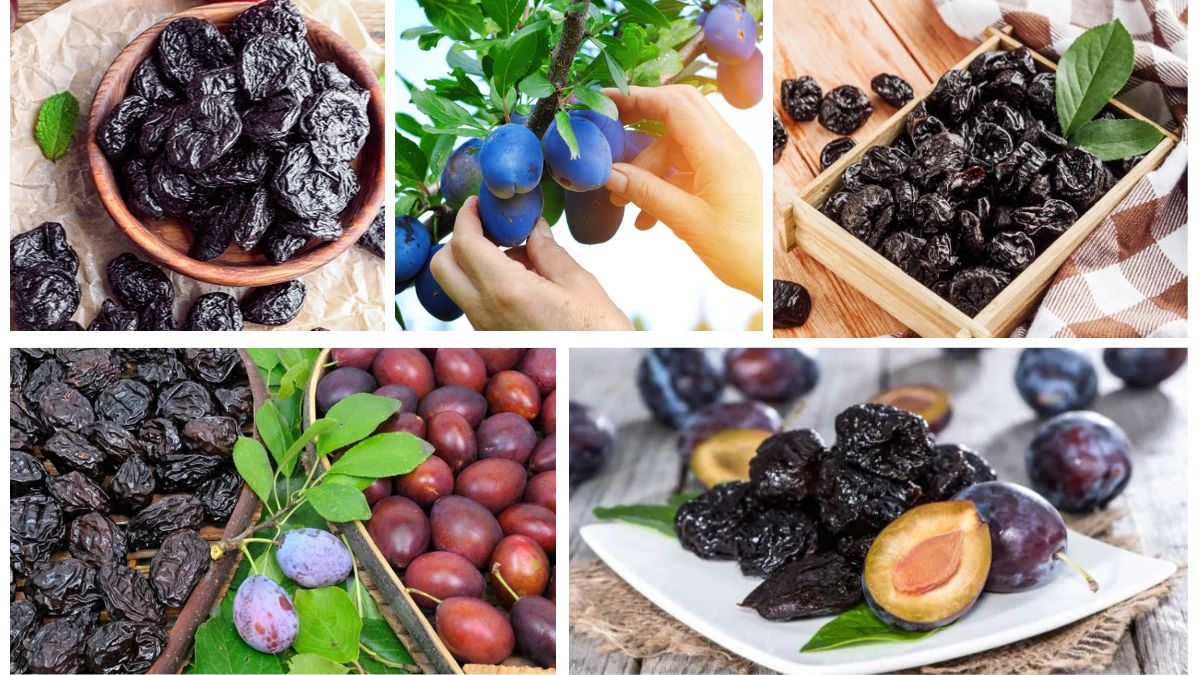




Leave A Comment